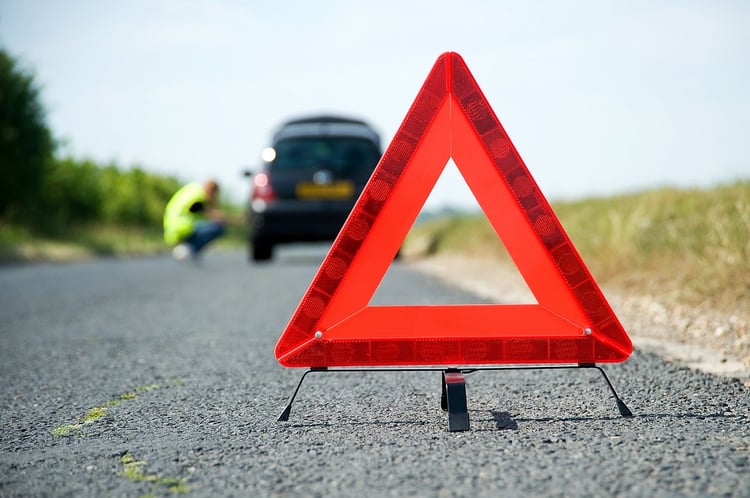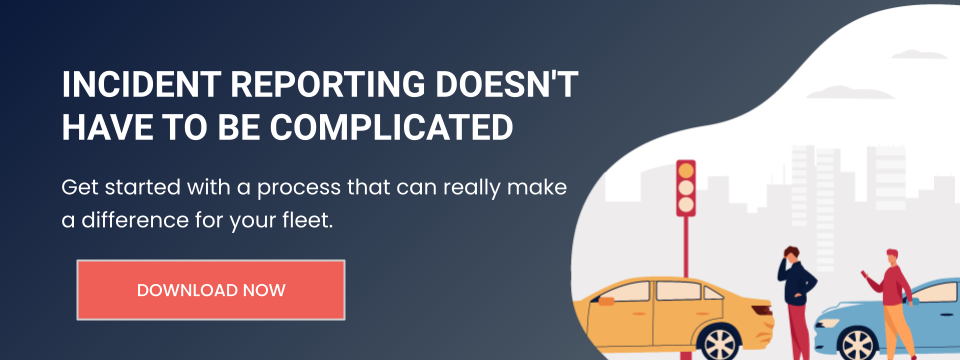
Motor vehicle accidents can be devastating, and the enormous costs involved in terms of human trauma cannot be calculated, nor can the environmental impact. Even minor traffic accidents can be expensive for drivers, passengers, other road users, infrastructure, and the environment.
Part of the accident cost to consider is the indirect effects of a collision: the increased stop-and-go traffic due to an accident not only significantly reduces the fuel efficiency of vehicles, but it also increases their overall emissions.
Remember these few tips every time you get into your vehicle.
1. While driving, make sure you're in a comfortable position.
Assuming the best possible seat position so that you can comfortably reach the steering wheel and pedals begins by assuming the best possible seat position. Adjust the mirrors to ensure optimum visibility of the road behind you. Adopting the seated position should assist the driver in making the quickest and most coordinated response in the event of an emergency.
2. Do not jump traffic lights, and try to start your journey at a good time.
Are you ever tempted to jump a traffic light when you are in a hurry? Other people may be too, so be on the lookout for them.
3. Examine your vehicle's service requirements.
Vehicles can cause accidents in a number of ways. To avoid these unexpected situations, always have your vehicle maintained on a regular basis.
4. Learn where your vehicle’s blind spots are.
Every vehicle has at least one blind spot. These are minor flaws in a vehicle's construction that block your vision for one reason or another. Blind spots are why you should always turn your head to make sure a lane is clear before manoeuvring. Check them every time you change lanes or execute a turn.
5. Make sure you are familiar with your vehicle.
Many accidents happen simply because a driver has pushed their vehicle beyond the limits of what it is capable of. You should know how fast you can safely manoeuvre your vehicle, as well as its emergency stopping capability.
6. Maintain the required distance
Following too closely behind any vehicle does not give you enough time to execute an emergency manoeuvre. It is recommended that you maintain at least a 3-second lag between you and the vehicle in front at all times (5-seconds during bad weather).
7. Make sure you pay attention when driving at night.
Night-time driving is particularly hazardous for a number of reasons other than the obvious lack of visibility; this is the time when drivers feel the most fatigued, and you will have a greater chance of encountering a drunk driver.
8. Be especially cautious in inclement weather.
Poor weather conditions involving ice, snow, fog, and rain are hazardous no matter what type of vehicle you have or how good a driver you are.
9. Obey speed limits.
The simple fact is that greater speed reduces your reaction time and increases the likelihood of an accident.
10. Pay close attention to the road in general.
Always be aware that children, pets, joggers, and bikers can appear at any moment.
Photo Credit: srd-france via Compfight cc



